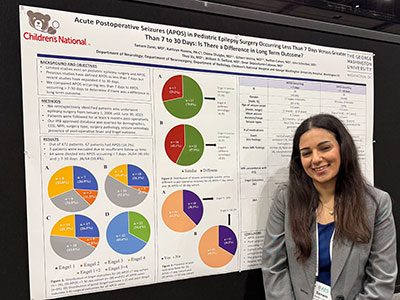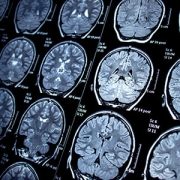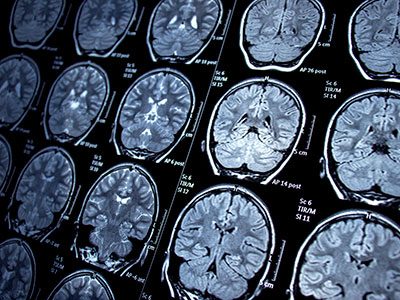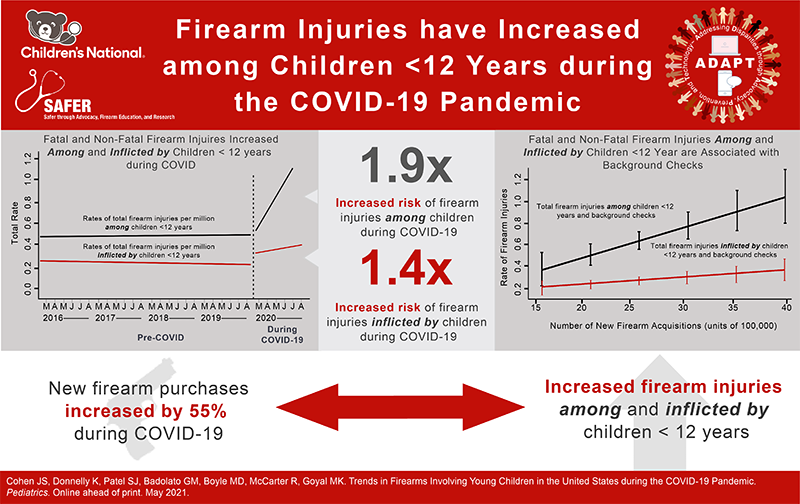Advancing epilepsy care: Highlights from the 2024 American Epilepsy Society Conference

Dr. Gaillard, Dr. Schreiber and Dr. Cohen from Children’s National Hospital at the 2024 American Epilepsy Society meeting.
The 2024 American Epilepsy Society (AES) conference, held over five days, brought together healthcare professionals, scientists and industry leaders from around the globe. This annual event focuses on advancing outcomes for people with epilepsy through educational sessions, cutting-edge research and the latest technological innovations.
Recognized amongst his peers as an international leader in epilepsy research, William D. Gaillard, M.D., was honored with the 2024 Clinical Science Research Award at this year’s meeting. His pioneering work has significantly enhanced our understanding of epilepsy’s impact on brain structure and has led to improvements in surgical interventions and patient outcomes. Dr. Gaillard’s ongoing contributions to enhancing the lives of children with epilepsy earned him the Society’s most prestigious research award.
Dr. Gaillard serves as chief of the Divisions of Child Neurology and of Epilepsy and Neurophysiology, Director of the Comprehensive Pediatric Epilepsy Program and Associate Director of the Center for Neuroscience Research at Children’s National Hospital.
In addition to Dr. Gaillard, experts from the Comprehensive Pediatric Epilepsy Program at Children’s National were invited to present their research, insights and innovations during the conference. As a recognized Level 4 epilepsy center by the National Association of Epilepsy Centers, the program’s collaborative team is recognized worldwide for their leadership in improving the lives of children with epilepsy through personalized care, advanced technology and groundbreaking research.
Highlights from AES 2024 include:

Dr. Zarei, Children’s National Hospital Neurology fellow, presenting a poster at AES 2024.
Poster presentations:
- Asymmetrical Hippocampal-cortical Connectivity Along Lateral-Medial Axis in Pediatric Focal Epilepsy Patients by Hua Xie, Ph.D., Chloe A. Hooker, William D. Gaillard, M.D.
- Comorbidities and Concerns in Hypothalamic Hamartoma: Results of an International Caregiver Survey by Nathan Cohen, M.D.
- Automated and Interpretable Detection of Hippocampal Sclerosis in temporal lobe epilepsy: AID-HS by Nathan Cohen, M.D.
- Characteristics and Outcomes of Pediatric Patients with Prolonged Convulsive Status Epilepticus by William D. Gaillard, M.D.
- High Accuracy for Detecting Tonic Clonic seizures (TCSs) Using an Apple Watch Seizure Detector by Dewi Depositario-Cabacar, M.D., William Gaillard, M.D.
- Patient and Pre-surgical Testing Characteristics Contributing to Duration of Evaluation: Identifying Best Practices and Opportunities to Streamline Pediatric Epilepsy Surgery Evaluation by Dewi Depositario-Cabacar, M.D., William Gaillard, M.D.
- Seizure Burden in Infants with Hemimegaloencephaly pre- and post Staged Transarterial Embolization by Ersida Buraniqi, M.D., Shani Israel, Lindsay Ruffini, CPNP, CPNP-AC, CPNP-PC, Tammy Tsuchida, M.D., Ph.D., Tayyba Anwar, M.D.
- Acute Postoperative Seizures (APOS) in Pediatric Epilepsy Surgery Occurring Less Than 7 Days versus Greater Than 7 to 30 Days: Is There a Difference in Long Term Outcome? by Sanam Zarei, M.D., Kathryn Havens, PA-C, Nathan Cohen, M.D., John Schreiber, M.D., Thuy-Anh Vu, M.D., William Gaillard, M.D., Dewi Depositario-Cabacar, M.D.
Invited speakers and topics:
- Speaker: John Schreiber, M.D., Moving Forward: Epilepsies with Concomitant Movement Disorders
- Speaker: Laura Tochen, M.D., Moving Forward: Epilepsies with Concomitant Movement Disorders
- Speaker: William Gaillard, M.D., US Health Care Inequities for People with Epilepsy
- Session Moderator: Nathan Cohen, M.D., Neuroimaging
Learn more about the Comprehensive Pediatric Epilepsy Program at Children’s National Hospital.












